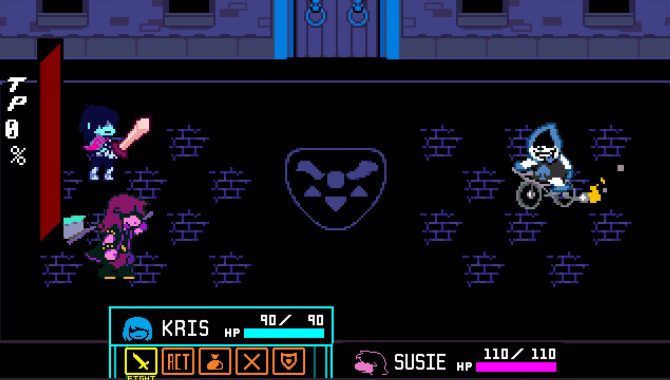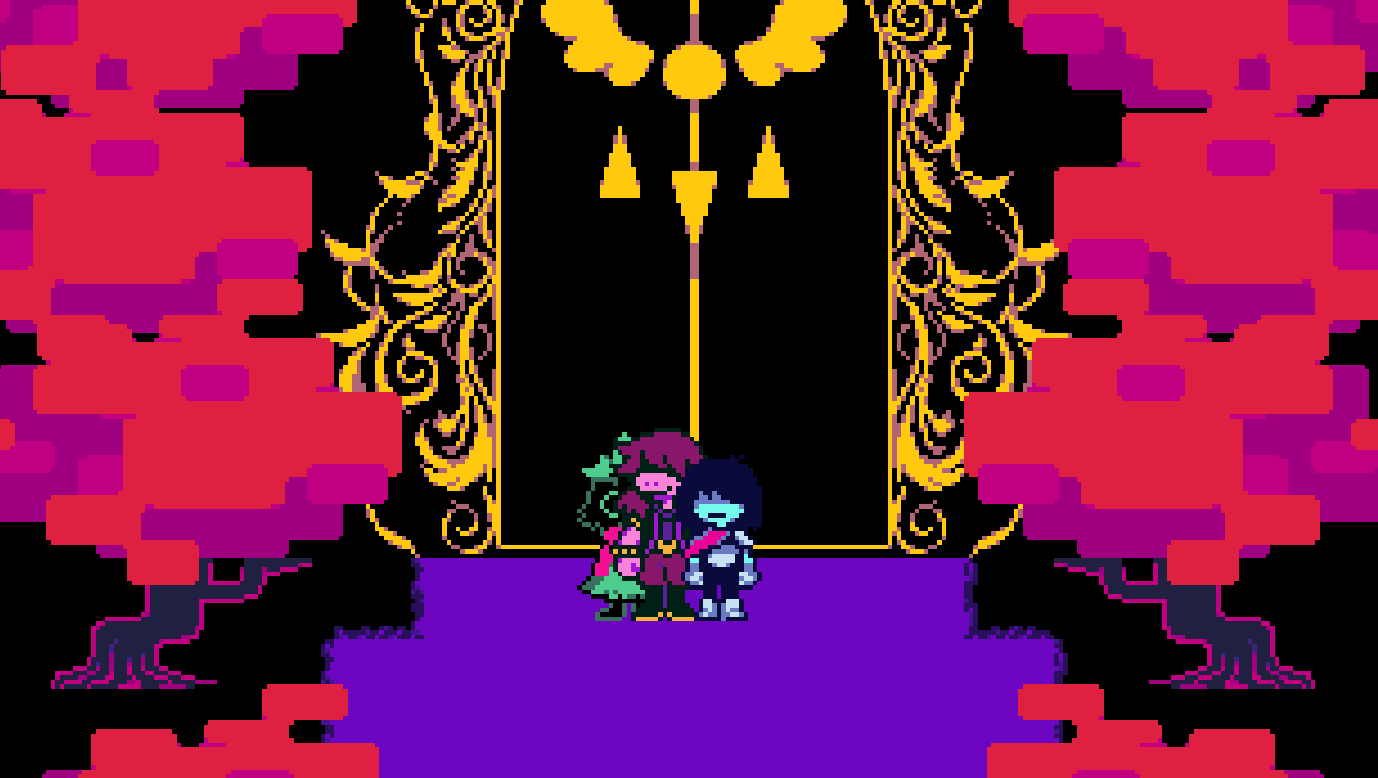Princess and Conquest is “unique.” That’s not the same thing as good. I cannot come up with a single simple way to describe it, so I’m choosing to go with Pornographic Action RPG with Political Simulation elements. From what I’ve played so far, I would not recommend it.
I don’t really consider this blog to be “Family Friendly,” but I also don’t currently provide a way to easily opt out of seeing 18+ content. For that reason, I’m not going to provide any in-depth level of analysis of the game’s sexual content. That’s not to say I won’t talk about it, but there should be nothing in this blog post that will make anyone upset or hot and bothered.
General Concept
So, what is Princess and Conquest? Well, at the base, it’s an open-ish world RPG. After a brief tutorial that explains a few of the general mechanics, you’re tossed out into a large open world map. From here, you can whatever you want, as long as whatever you want consists of wandering around, exploring areas, having casual sex, and taking quests to complete for Swirlies, the game’s currency and XP. Combat is done in a sort of real time action RPG thing, where you can switch between members of your current party on the fly. Each member has their own equipment, stats, and abilities. Some have access to magic and projectile attacks, while others don’t.
This isn’t a static open world. There’s a day/night cycle, and time is constantly passing, during which the various kingdoms will declare war on each other, send armies at each other, and generally cause the world to slip into absolute chaos. You can choose to intervene in these fights for one side or another, in order to push the balance of power a given direction. Doing this also gains you affinity with the Princesses you aid, allowing you to convince them to stop trying to murder their neighbors and whatnot.
If you’re reading all of this, and thinking “Okay, that actually sounds kind of neat, and I’m horny and want to play this” pause that thought for a moment. Because Princess and Conquest is, as far as I can tell, made in RPG Maker.
I do not know why anyone would ever choose to make a game with real time combat and open world mechanics in RPG Maker. In another post on this site, I wrote about No Delivery, and noted how the game was impressive for utilizing the engine in interesting ways, and taking advantage of some of its quirks for neat effects.
Princess and Conquest does not do that. Instead, it takes an engine that was primarily built for single player traditional semi-linear turn based RPG’s and uses it for a game that relies primarily on simulation and real time action combat. While it’s impressive that they were able to get it to do this at all, a large number of the mechanics just feel terrible.
The worst one by far is combat. Switching between characters on the fly is incredibly floaty and feels laggy. The hitboxes for the player weapons can feel absolutely miserable, compounded by the fact that many enemies can deal damage on contact. One of the bosses can’t be damaged, even with projectile weapons, unless it is faced directly head on; otherwise projectiles just phase through. Another boss is be able to land hits while in its theoretically “Vulnerable” phase, in addition to not actually taking damage when attacked. In another instance, because of how projectiles were handled, I attacked, missed, and then couldn’t use the projectile again because it was still traveling and hadn’t been cleaned up.
I’m not sure where this part of the article will go, but I’m just gonna write it anyways. I also want to apologize for the relatively lower level of quality in this portion of the article. Sex, and by extension, porn, is complicated topic for a variety of reasons. Frankly, I don’t have desire to do a deep dive analysis and criticism of a $12 Steam game’s portrayal of fantasy sex. Just like I don’t feel like reviewing random videos on Pornhub. If that was what I wanted to do, this blog would have a different name, and likely a higher readership.
Sexual Content High Level View
For a brief bit of context: I’m a straight man. I’ve done some stuff. I would not consider myself particularly “Vanilla.” I’ve seen a fair amount of weird porn, and weird porn art. I’ve had sexual relations with both genders. Okay, context and perspective set? Good. Back to the game.
My primary issue with Princess and Conquest is that it doesn’t offer adequate ability to opt in or opt of the sex/sexual activities. In the time I’ve played so far, I’ve seen content and situations that I suspect would make some players highly uncomfortable. However, there is only one form of controllable interaction, and it’s not broad enough to cover what the game offers.
My secondary issue has to do with the nature of sex in Princess and Conquest. While I consider the above topic to be more of a general statement regarding sexual content, this next one is more of a personal opinion. Sex within Princess and Conquest is almost universally encouraged, as is getting characters that the player has sex with pregnant, through two mechanical benefits. First, having sex has a chance to get an egg which grants more party members, potentially a party member of a hard to find “race” or with better stats. Second, having sex with an NPC will increase the affinity the player has with the Princess character of the same race as the NPC. One of the player goals is to try to avoid massive chaos and breakdown, and affinity points are used to convince people to stop waging war. Since affinity points can otherwise be difficult to get without pissing someone else off, in order to prevent a world war you kinda have to fuck everyone you come across who is interested.
Okay, so enough of that. Again, please don’t take this as some form of full analysis of the game’s sexual content, or my views of sex. The above are merely my two major problems with how the game handles its pornographic content and mechanics.
Okay, so, back to the rest of the game. I have a bunch of smaller problems outside of sex and combat. Here’s a short list:
1. The game is buggy. Most of the time, these bugs don’t do too much. Sometimes, as I discovered to my incredible annoyance, they crash the game. And because of how the save system works, have fun going back to your last save.
Author Note: I actually went back and played some more of the game to get screenshots/see if I was being overly harsh. Then the game crashed.
2. Obtuse systems. The game wants to have a level of political strategy and simulation, but good luck understanding how population growth, eloping, or any other system works without the Wiki, because the game will not tell you. Or Tea Parties! Because I read the wiki, and I still don’t understand how Tea Parties work, or are supposed to work.
3. Frustrating map design. This wouldn’t be as bad if it wasn’t somewhat accentuated by the game engine, but the map design. Dear God, the map design. I want to make something clear. If you have game with a zone-based map, and you leave or enter zones by pressing in a given direction, DO NOT FUCKING MAKE IT SO THAT YOUR MAPS SPAWN THE PLAYER IN A LOCATION WHERE IF THEY PRESS THE BUTTON THEY USED TO LEAVE THE AREA A SECOND TIME, IT BRINGS THEM BACK INTO THE ZONE THEY JUST FUCKING LEFT.
4. Quest system weirdness. I do not like that I cannot have more than one active quest from the adventurers guild at once. I do not like that quest descriptions can be weirdly vague about what you need to do to complete them. And I absolutely hate the quests where the descriptions don’t actually give information about what you need to do to progress the quest.
So that’s Princess and Conquest. A unique concept and set of game mechanics using a game engine absolutely not intended for them, with not great, but functional results. For what it counts for, the writing and porn (from my mildly kinky straight male perspective) is decent, but does not mesh comfortably with the game’s mechanics. Currently, I do not recommend the game, and short of them rebuilding the entire thing in a game engine that can gracefully handle their design decisions, I likely will not ever recommend the game.
Content on these links is NSFW. If for some reason, you still want to play the game after all of this, you can find it on itch.io here or on Steam here. You’ll have to sign in though, as again, this is an adult only game.





